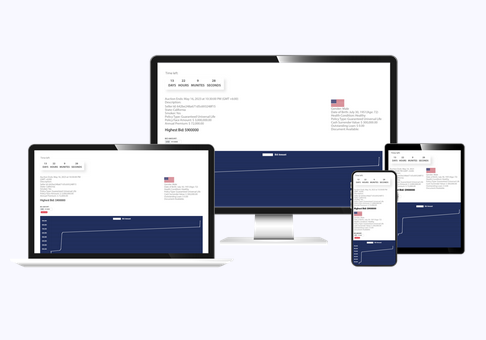
The term “cash value life insurance” often arises in financial planning and insurance. It encompasses various policies designed to offer protection and an economic asset accumulation component. This article aims to elucidate the cash value life insurance concept, including its different forms, benefits, and considerations.
What is Cash Value Life Insurance?
Cash value life insurance, also known as a cash value policy or cash value insurance policy, is a type of life insurance that combines a death benefit with a savings component. Unlike term life insurance, which provides coverage for a specified period, cash value life insurance is designed to provide coverage for the insured’s entire life as long as premiums are paid.
Types of Cash Value Life Insurance
Whole Life Insurance:
Features: Whole life insurance offers a guaranteed death benefit, fixed premiums, and a cash value component that grows over time.
Cash Value Growth: The cash value life policy accumulates at a predetermined rate set by the insurance company, typically through a combination of guaranteed interest and dividends.
Universal Life Insurance:
Features: Universal life insurance provides more flexibility than whole life, allowing policyholders to adjust premiums and death benefits within certain limits.
Cash Value Growth: The cash value earns interest based on current market rates, which fluctuate over time.
Flexibility: Policyholders can use the accumulated cash value to pay premiums or increase the death benefit.
Variable Life Insurance:
Features: Cash value life insurance policy allows policyholders to allocate cash value among various investment options, such as mutual funds.
Cash Value Growth: Cash value growth depends on the performance of the chosen investment options, which offer higher potential returns but also greater risk.
Risk and Reward: Policyholders bear the investment risk, as the cash value may fluctuate based on market performance.
Benefits of Cash Value Life Insurance
Lifetime Coverage:
Cash value life insurance provides coverage for the insured’s entire life, ensuring beneficiaries receive a death benefit regardless of when death occurs, as long as premiums are paid.
Savings Component:
The cash value insurance policy component allows policyholders to accumulate savings over time, which can be accessed during the insured’s lifetime for various financial needs.
Tax Advantages:
Policyholders can access cash value through policy loans or withdrawals on a tax-deferred basis, meaning taxes are generally not owed until funds are withdrawn.
Policy Flexibility:
Depending on the type of cash value policy, policyholders may have flexibility in adjusting premiums, death benefits, and accessing cash value, offering financial adaptability as needs change over time.
Considerations before Choosing Cash Value Life Insurance
Cost:
Cash value life insurance premiums are typically higher than term life insurance due to the savings component and lifelong coverage.
Rate of Return:
The cash value growth varies among different policies and is influenced by factors such as interest rates, dividends, and market performance for variable policies.
Policy Surrender Charges:
Understanding the policy’s terms and conditions is essential, as surrendering a cash value policy early may result in surrender charges and tax implications.
Insurance Needs:
Assess whether the lifelong coverage and savings component of cash value life insurance aligns with your financial goals, retirement plans, and estate planning needs.
Conclusion
Cash value life insurance policies offer a unique blend of life insurance protection and savings accumulation, catering to individuals seeking lifelong coverage and a vehicle for financial growth. Understanding the nuances between whole life, universal life, and variable life insurance can help individuals make informed decisions based on their financial objectives and risk tolerance.
Before committing to a cash-value life insurance policy, it’s crucial to consult with a financial advisor or insurance professional that can provide personalized guidance tailored to your specific circumstances and long-term goals. Doing so ensures that your choice aligns with your overall financial strategy and provides the protection and financial security you seek for yourself and your loved ones.